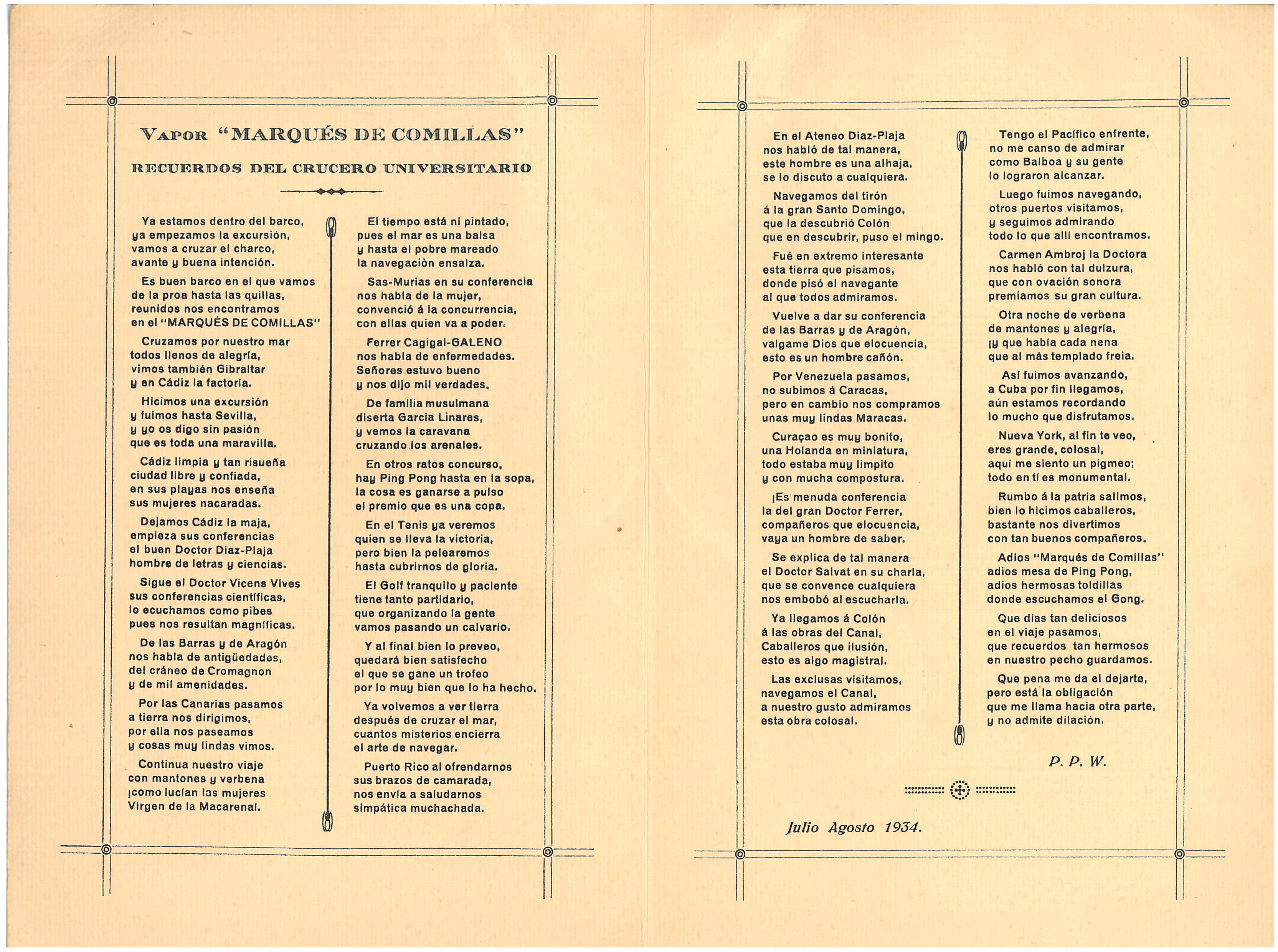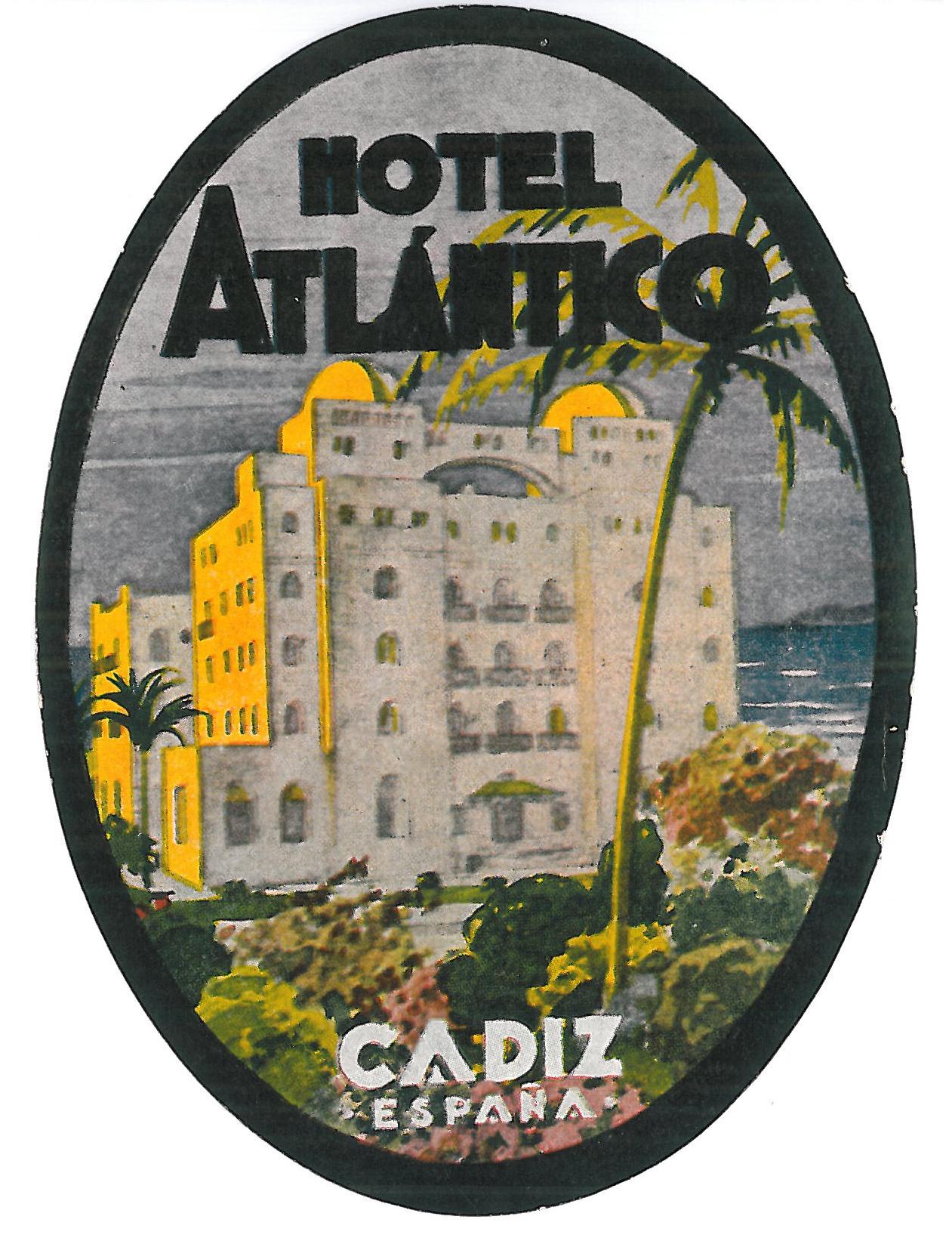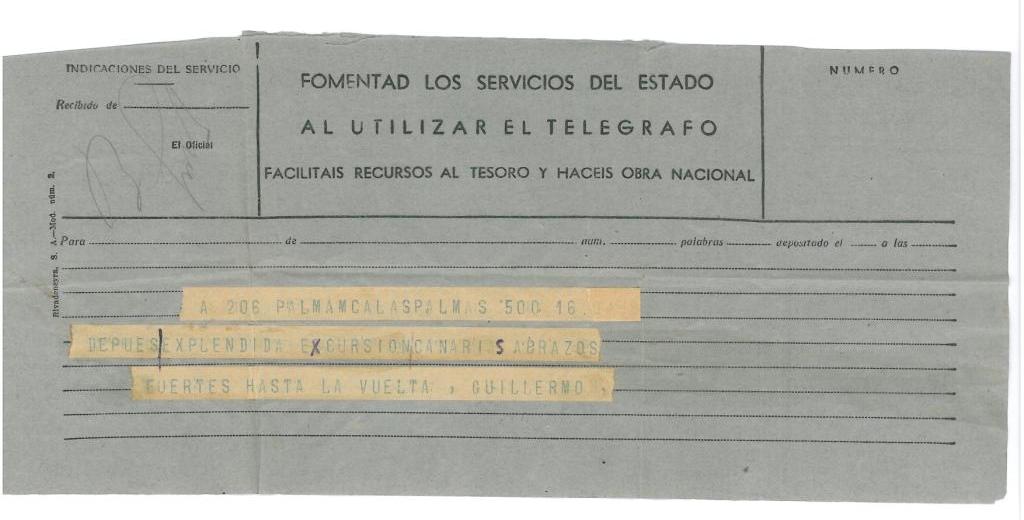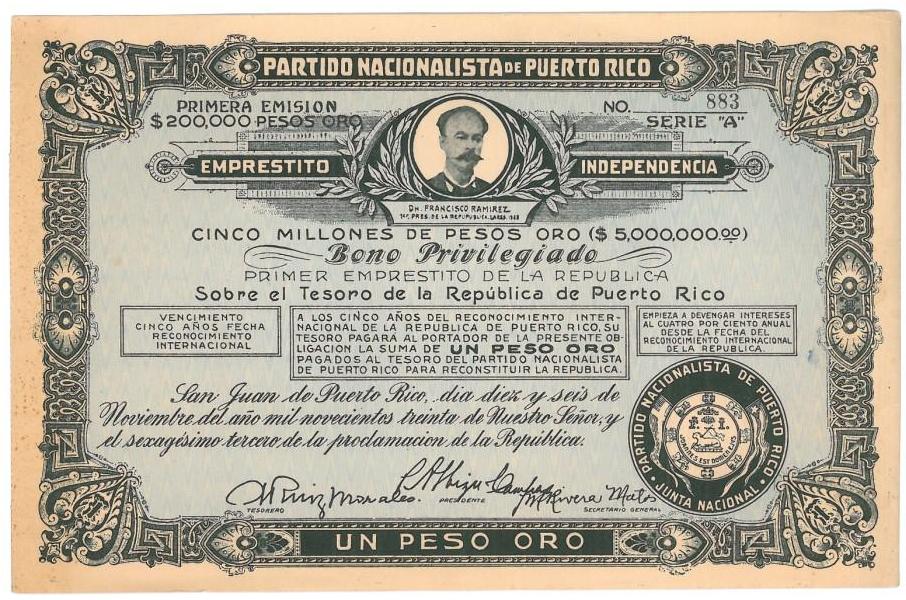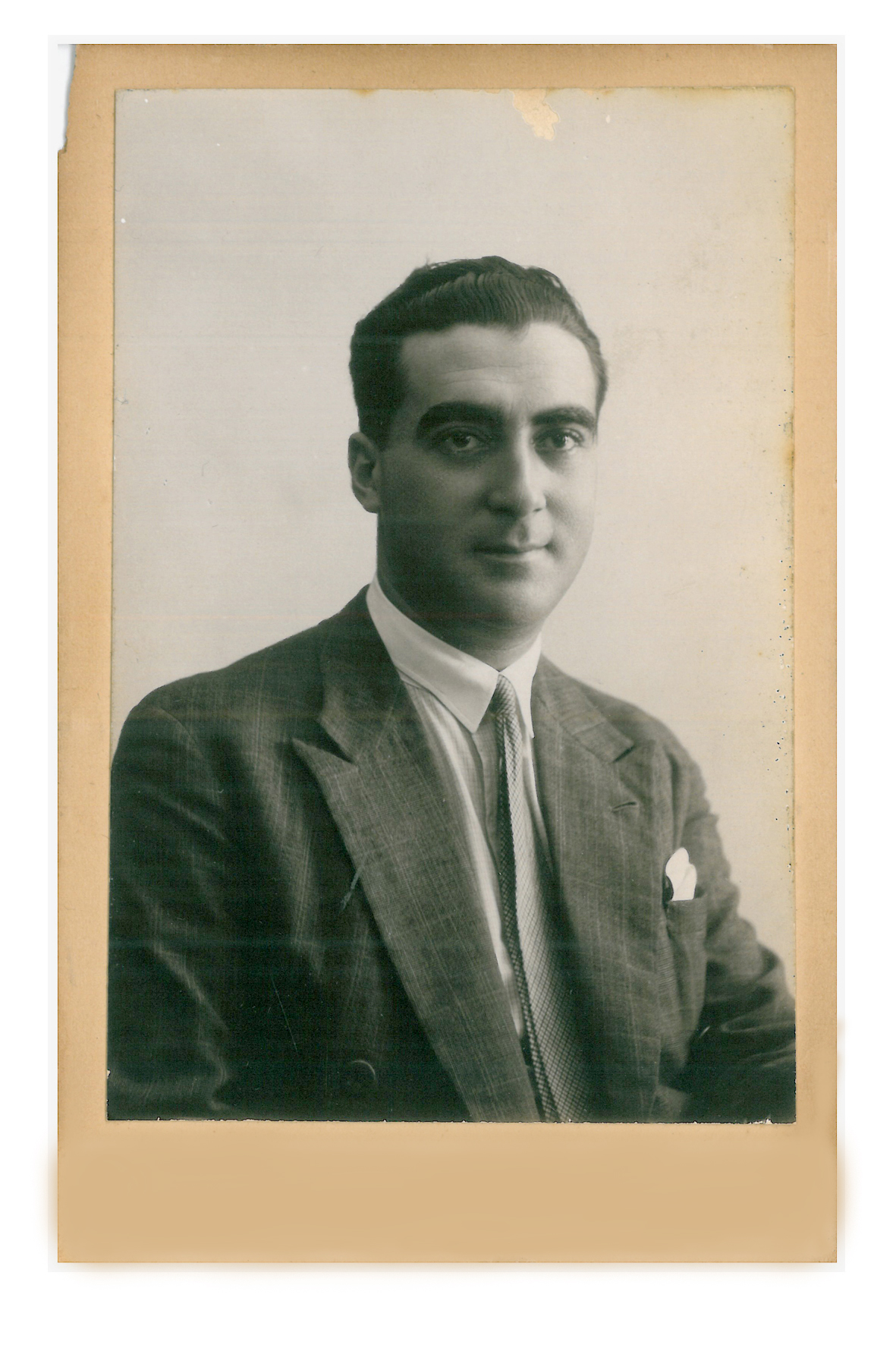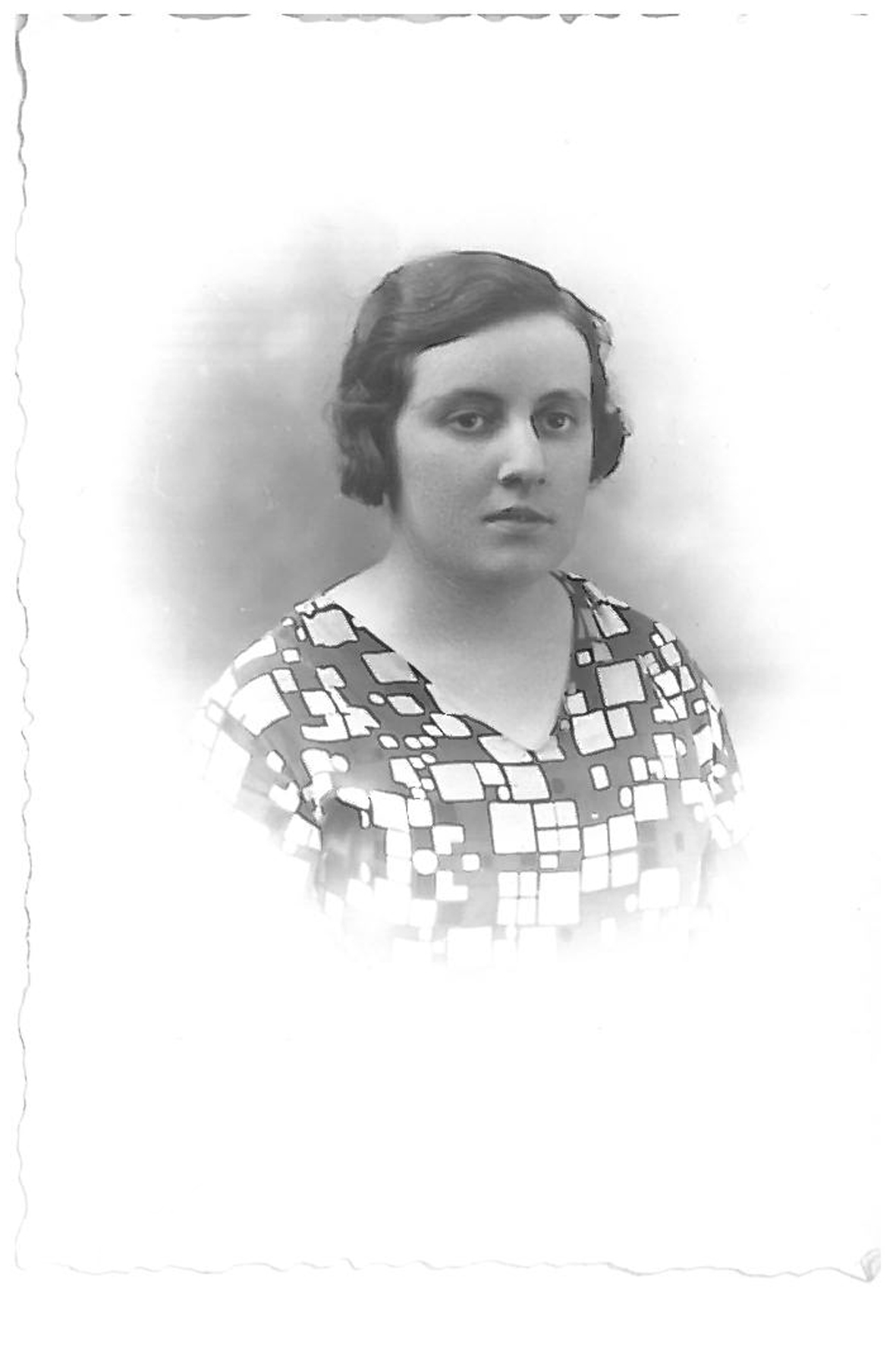SAME ENTHUSIASM, MULTIPLE INTERESTS
The lectures -on Literature, History, and also Medicine or Anthropology- were given to prepare the arrival at the ports. Dr. De las Barras y de Aragón kept a diary where he promptly recorded all on-board activities as well as activities in the visited countries. In each port, excursions were programmed in response to students and professors' different discipline requirements: while some visited Humanities departments from different universities, others went to see hospitals or health centres, while still others were interested in engineering works, or urban and anthropological issues.
The university travellers contacted both their country of origin and the ports of destination. And all this with the means of the time: cables, radiograms, letters... The travellers' relatives received prompt chronicles about the activities and impressions of their sons or siblings. In the same way, the participants in the Cruise wrote news and reports that were printed on board.
The journey was ambitious and highly varied. After the Canary Islands, the leap to America. Puerto Rico, Santo Domingo, Venezuela... The students established really interesting contacts, both cultural, scientific, and political. And they were in for a rude awakening, as happened in Venezuela.






